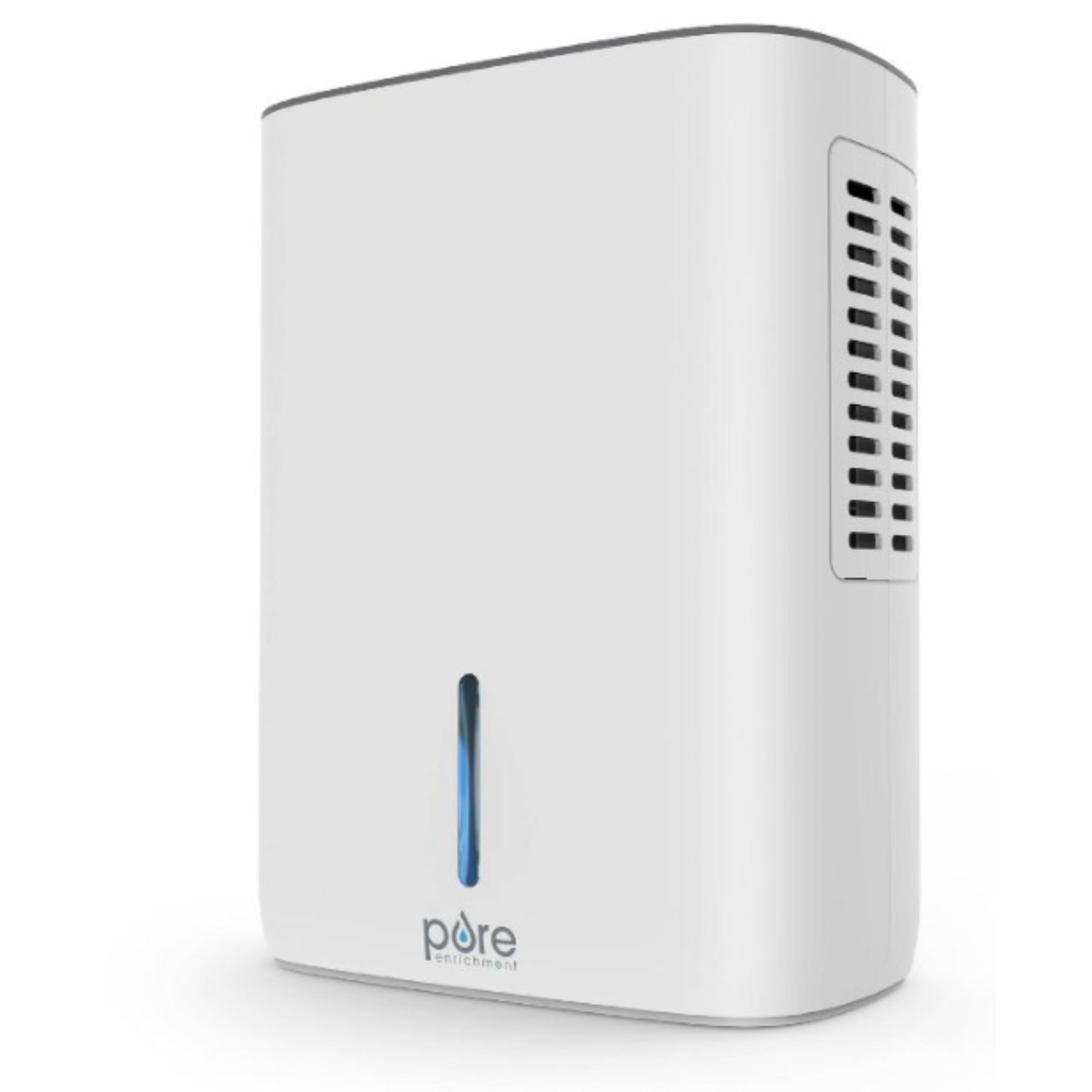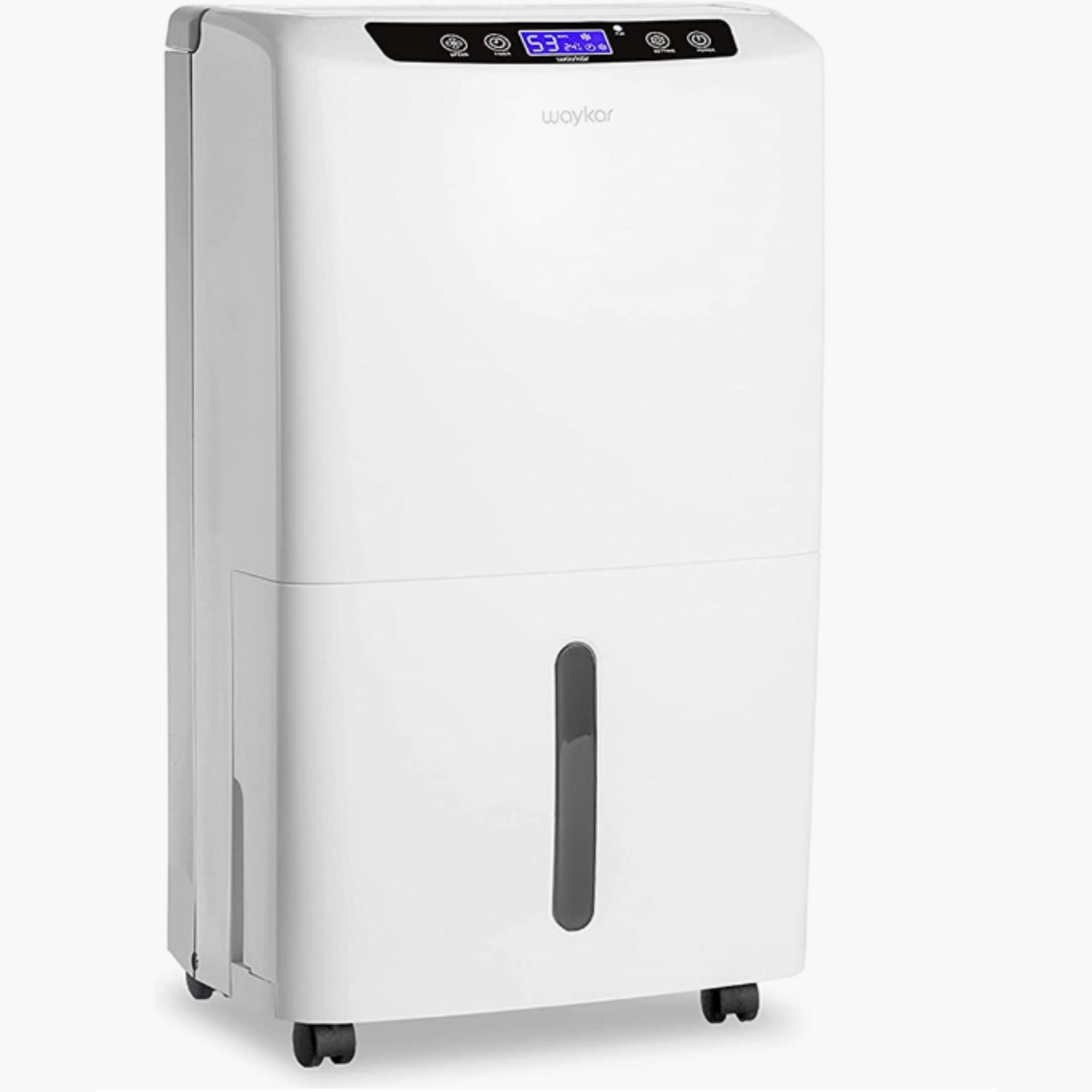How to reduce your home's humidity – even without a dehumidifier
Reducing humidity is the best way to make scorching summers more comfortable – here’s how to do it both with and without a dehumidifier
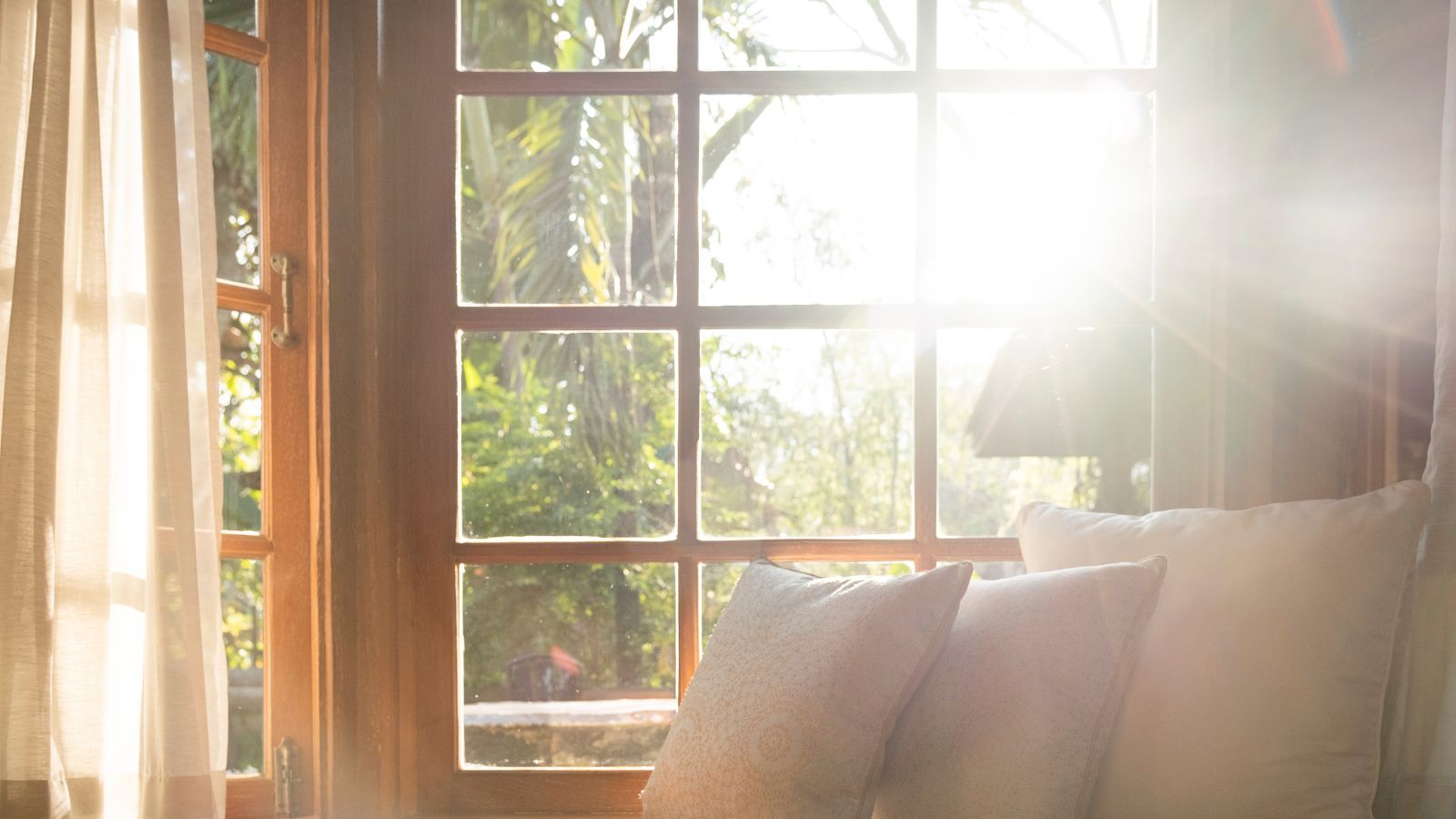
- 1. Purchase the right dehumidifier
- 2. Insulate your home against outdoor humidity
- 3. Ventilate your house if there is a breeze outside
- 4. Use salt to absorb moisture
- 5. Limit how much moisture you are creating
- 6. Turn on the AC
- 7. Recirculate air with your HVAC system
- 8. Pick up some new houseplants
- FAQs

Humidity is the cause of most of our discomfort in the summer, stopping our sweat from evaporating and making us feel even warmer. So how do you reduce humidity in a house?
The most obvious choice is to use a dehumidifier to help reduce the moisture in the air, but experts have shared some quick solutions you can implement to reduce humidity without one.
If you're seeing or feeling signs of humidity in your home, our expert tips will help.
How to reduce humidity in a house
Reducing humidity and using a dehumidifier to make a room feel cooler certainly helps when trying to beat the heat, but it will not actually do anything to lower the temperature in the room. Because of this, it is a good idea to couple a dehumidifier with some fans or air conditioning.
Here is how to get the ball rolling and feel more comfortable inside in the heat.
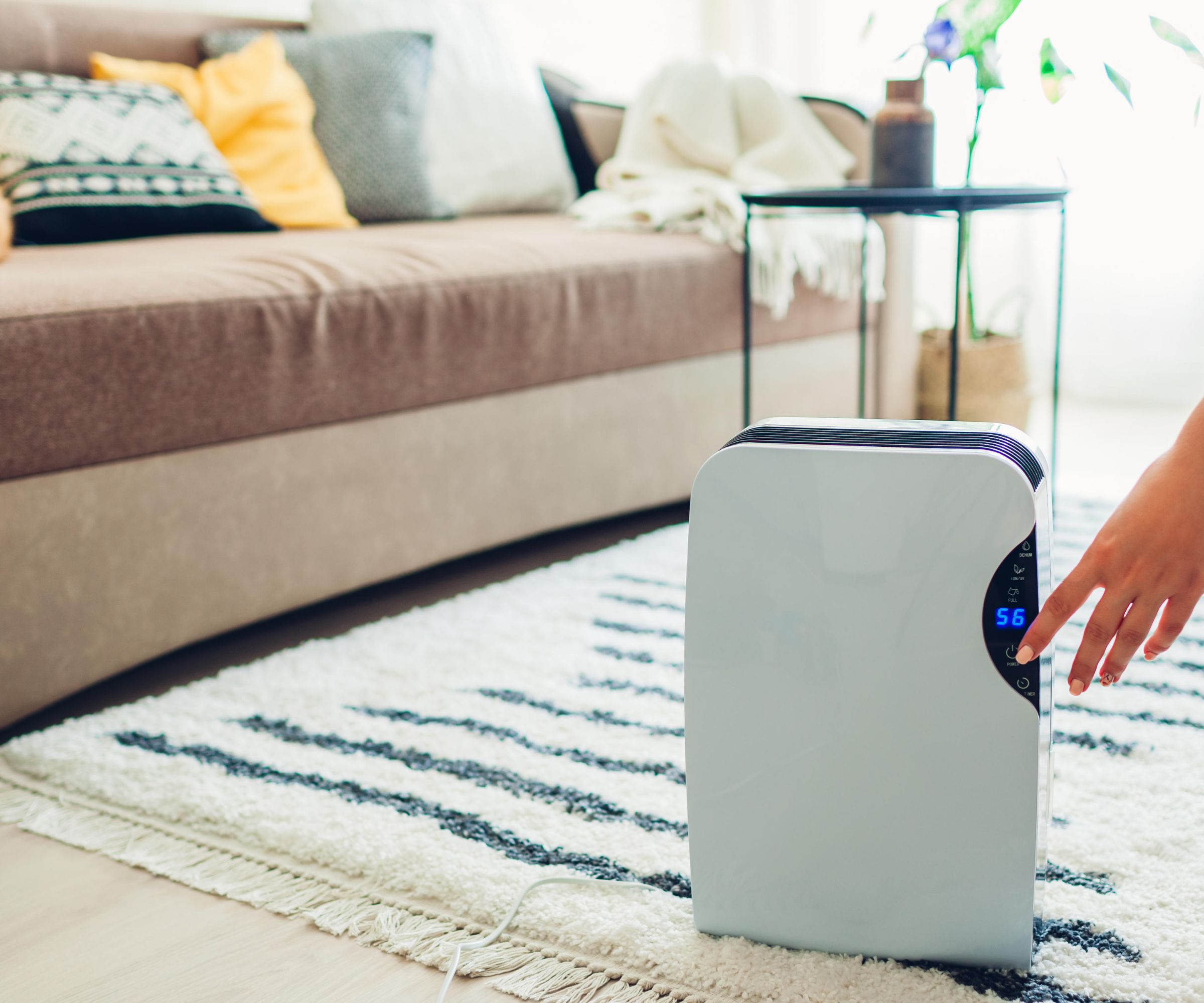
1. Purchase the right dehumidifier
It is all well and good to pick up a dehumidifier to help reduce humidity, but it is important to avoid the most common dehumidifier mistake and pick the right size dehumidifier for your home.
Picking a dehumidifier designed for a small room and placing it in an open floor layout, for instance, will be ineffective at reducing the moisture levels in the air and have little to no effect on how cool you feel.
Make sure to position it centrally in the room, away from any walls or furniture to allow good airflow.
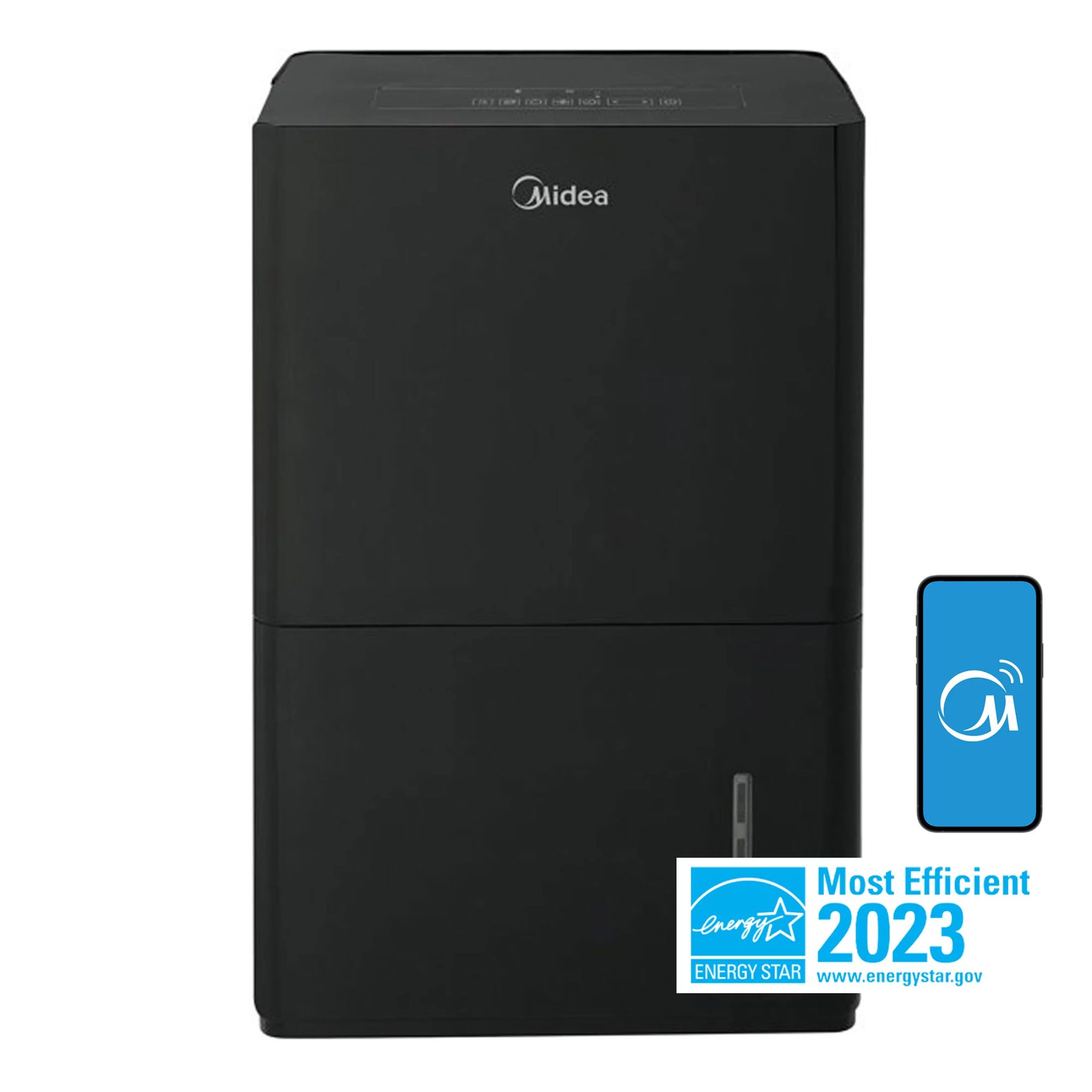
The Midea 50-Pint EnergyStar Smart Dehumidifier has a dedicated phone app, allowing you to control the dehumidifier from anywhere.
2. Insulate your home against outdoor humidity
Insulating and draft-proofing tips are usually adopted in winter to keep your home warm, but sealing your home against outside humidity is ideal in summer too, says Josh Odmark, co-founder of IAQ. This is because, 'unless you're tapping a natural spring under your living room floor, your primary source of humidity is probably outside,’ he explains.
‘Make sure your house or apartment is airtight and then reduce your water consumption indoors, taking fewer shorter showers, avoiding boiling large pots of water, and so on.'
3. Ventilate your house if there is a breeze outside
That being said, if there is a nice breeze outside or the air is cooler, then ventilating is the way to go, counters Chris Coleman, air quality expert and VP of marketing at DH Lifelabs. The simplest method is to open windows and doors to allow more airflow, he says, 'but using exhaust fans in the kitchen and bathroom can also make a difference, especially as these areas often contribute to high humidity levels.’
Ventilation can also help if your house smells musty as a result of high moisture levels.
4. Use salt to absorb moisture
If you have ever left salt or sugar out and come back to find it soaking wet, then you will have seen how effective these hygroscopic materials are for absorbing excess moisture – which makes using salt a cheap trick to get rid of condensation and decreasing humidity.
Josh Odmark, air quality expert, suggests using similar materials in small spaces to help lower humidity naturally. Salt or even silica gel packets from old packaging are a great option for this, he suggests. For a larger-scale solution, you could even fill a bucket with rock salt and leave it to do its thing.
‘Remember that you'll have to check and eventually empty the bucket as it fills with water,' he adds.
5. Limit how much moisture you are creating
We add to the humidity in our homes constantly from both breathing and everyday activities. As a result, cutting down on how much we create can make our homes more comfortable.
Limit cooking, showering, and drying clothes, or ventilate the rooms as you do so, suggests Mike Powell, owner of Red Flag Home Inspection, to make your space more comfortable – did we need any more of an excuse to cook outside on a sunny day?

Mike Powell is a professional structural engineer with over 20 years experience in the field. He uses his knowledge to help others protect their houses against adverse weather and damage and now trains others to help other inspectors make safe choices for their clients.
6. Turn on the AC
The easiest way to reduce humidity and make your home cooler is to turn on your air conditioning. Chris Coleman, air quality expert explains that AC units remove water from the air in order to cool it, helping to make the room more habitable in hot, damp weather.
‘Ensure that your air conditioner is properly maintained and the filters are clean to ensure it's operating efficiently,’ he adds. ‘This can help you to save money at home too.’
7. Recirculate air with your HVAC system
Josh Odmark, air quality expert explains that many home HVAC systems have two settings, one to draw in outside air for ventilation, and another to recirculate the existing air in your home.
‘If you're in a highly humid area, you'll probably want to use recirculation mode and ensure that all gaps and cracks in your doors and windows are adequately sealed,’ he suggests. ‘This can limit your home's exposure to humidity and help keep it more comfortable.’
8. Pick up some new houseplants
Although they work to limited effect, houseplants, particularly the best plants for bathrooms, can have some impact on the humidity in your home, suggests Chris Coleman, air quality expert.
‘Some houseplants, like peace lilies and Boston ferns, can absorb moisture from the air. This can be a natural way to reduce humidity while also improving the aesthetics of your home,’ he explains.
FAQs
Why is my house always at 70% humidity?
If your home has a constantly high humidity level it may be that you have poor home ventilation. Limited air movement in and out of your home can prevent moisture from escaping, having an adverse effect on your health and your home's structural integrity.
How do you tell if there is too much humidity in your home?
If there is too much humidity in your home, you may notice excessive condensation on your windows (in winter), mold and mildew in moist rooms such as bathrooms and kitchens, peeling paint, or water on walls in extreme cases.
When limiting humidity in your home, it is important to maintain a healthy level of humidity to prevent making your indoor air too dry. Too low a humidity will cause respiratory illness such as dry airways resulting in coughing and sneezing, and dry skin. Ideally, your home's humidity should be between 30-50%.
Sign up to the Homes & Gardens newsletter
Design expertise in your inbox – from inspiring decorating ideas and beautiful celebrity homes to practical gardening advice and shopping round-ups.

Chiana has been at Homes & Gardens for two years and is our resident 'queen' of non-toxic living. She spends most of her time producing content for the Solved section of the website, helping readers get the most out of their homes through clever decluttering, cleaning, and tidying tips. She was named one of Fixr's top home improvement journalists in 2024.
-
 Everyone is obsessed with vintage tiles right now – bring the nostalgic charm of this classic design feature into your home with our 5 design ideas
Everyone is obsessed with vintage tiles right now – bring the nostalgic charm of this classic design feature into your home with our 5 design ideasHonor the past with our favorite ways to decorate with vintage tiles, as suggested by interior design experts
By Eleanor Richardson Published
-
 'It's a fast reset button' – using the 1, 2 ,3 ,4, 5 decluttering method cleared my persistent mess in seconds
'It's a fast reset button' – using the 1, 2 ,3 ,4, 5 decluttering method cleared my persistent mess in secondsIt's easy, effective and so quick to do
By Ottilie Blackhall Published
